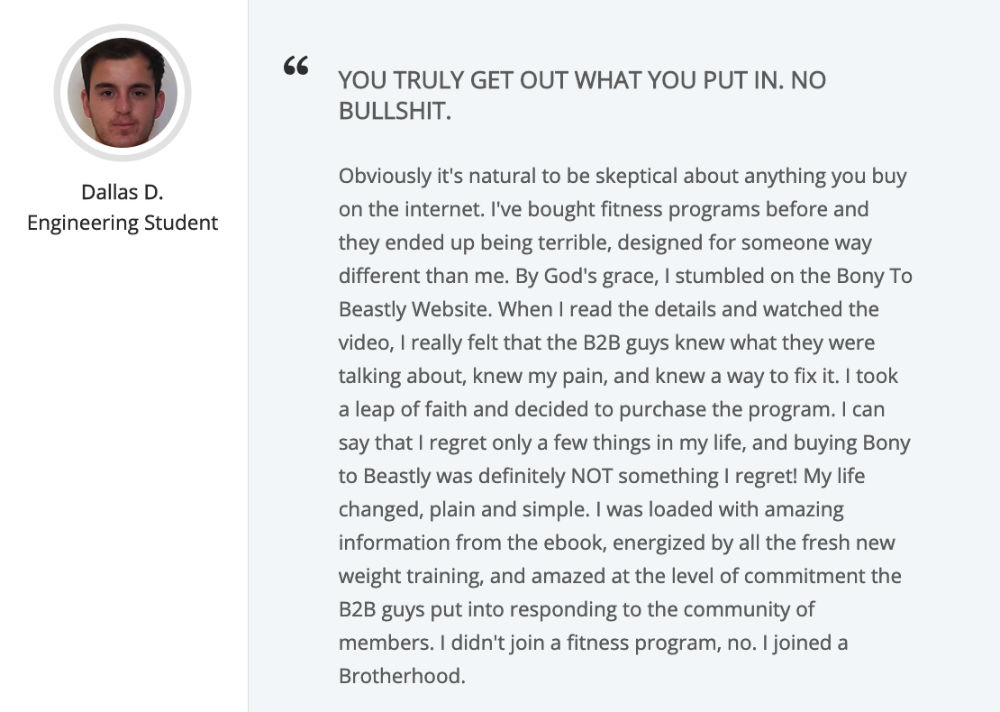11 May

Are you one of the 93 percent of consumers who rely on product reviews before purchasing? Well, I am and I’ve never had a purchase glitch when I take the time to read reviews. According to Bright Local, around 91 percent of the younger consumers trust online reviews. However, almost all consumers turn to digital media when researching products or services. That goes to show how businesses value every great review from their clients.
But not all reviews are made equal. Some might not make that much of an impact than others. If you’re the reviewer, make sure writing a review serves its main purpose — to inform and influence. Lucky for you we’ve compiled everything you need to know on how to write a review.
Different Styles of Reviews

In a nutshell, a review is an evaluation of a product or service. Satisfied or unsatisfied consumers all aim to inform others of what they think about the product or service. In some cases, businesses allow consumers to rate their wares as ratings hold huge weight in digital marketing.
Additionally, businesses don’t take reviews lightly as they are the holy grail of marketing. As reviewers, we also need to make sure our words help other consumers who’ve once been in the same boat. Before we give you some useful tips on writing a review, here are the most common styles of reviews:
Product Reviews
Product reviews are self-explanatory. They are reviews of a product or service that a customer had recently used. User reviews are crucial as they tell the story of the first-hand experience. That said, other customers who read a great product review will likely trust reviews from individual users. This is because it can be accounted for as a friend’s or relative’s recommendation. Typically, these product reviews comprise details like quality, longevity, user-friendliness, and in most cases, size and item specifications.
Company Reviews
While product reviews solely focus on a particular item or set of items, company reviews, on the other hand, focus on the entirety of the company. This type of review tells a particular customer’s experience with the company. In comparison, reviews like this hurt the company even more as the reviews are often taken as a general experience. For instance, a customer can write a bad experience with a restaurant’s customer service. Through this, many might fail to notice the other good points the restaurant has like superb ambiance or excellent food.
Bought Reviews
As the name suggests, bought reviews are reviews that the company gets after paying a reviewer. In this case, a company may or may not send a free product and lets the customer try it out. In exchange, the company pays the customer for the review. While the reviewer banks on impartiality, there is still an ounce of bias due to the monetary gain. This is also called a “puff piece.”
A puff piece is a review regarding a product or event from someone connected to the company or event. For example, a big retail company may ask one of its employees to write a testimonial of their products. That, in itself, already causes hesitations on how natural and truthful the review is.
Google Verified Reviews
Reviews that will hold the biggest weight on SEO and other online advertising methods are Google Verified Reviews. Like Google’s algorithm on organic traffic, Google Verified Reviews also rely on a set of criteria to qualify. When the required data are met, these reviews or also known as “Seller Ratings” appear in Google Ads or Google shopping.
Overall, the two most common types of reviews are product and company reviews. And while these reviews focus on products and services, there are also book, movie, music, or performance reviews. But for this article, let’s stick to writing a great product review.
How to Write a Great Review
First things first, a great review is comprehensive and personal. People turn to online reviews if personal recommendations aren’t available. A general product review should have these necessary details:
- Product details
- Product features and benefits
- Customer pain points
- What it intends to offer to customers
- Product value and price
- Purchase information
- Images of product usage
- Pros and cons
- Conclusion
Once you have all these details, you’re now ready to put the pieces of information together. However, take heed of these useful tips when writing a product review:
Profile the Target Market

The company’s target markets vary. Toy stores and jewelry companies communicate with their audiences differently. Undeniably, there will be some jargon that only the target audience would understand. When writing a review, make sure you profile the audience so you’ll know how to communicate with them.
Here’s an example of a banana slicer review. Obviously, it’s a simple piece of tool that does a pretty trivial task. The reviewer incorporated fun storytelling and resonates with other consumers who might be in the same situation. Take note that this funny review might not work for companies with more formal branding like banks, schools, or a couture apparel store.
Be Impartial

The most important element when writing a great review is to be impartial. If you’re building authority in writing reviews, you want to establish a good reputation among readers. Be fair and tell the story as it is. If it’s a negative review, focus only on the negative aspects of the product or service. Never falsify information as it might cause an online backlash.
If you’re writing a positive review, don’t over-embellish commendations. Avoid the bells and whistles and extraneous information. It’s also more believable if you state a product’s pros and cons. Here’s one example where the reviewer started with a positive remark. However, he didn’t fail to mention some glitches about their experience though.
Identify Your Pain Point and Product’s Promise

Companies aim to resolve customer pain points. As reviewers, you want to connect with other consumers with similar pain points. By doing this, it creates a subliminal affirmation to the readers. Here’s one example from someone who’s had trouble finding the right fitness programs. He starts his review by stating he’s bought several of them and carefully positions the current fitness program.
Keep It Natural and Personal

Readers can smell bought reviews from a mile away. Those reviews with an overly sales-pitchy tone won’t sit well with consumers. Most likely, reviewers would want to share their satisfaction with a product. However, it’s important not to overdo it. Keep the tone natural and tell your experience from the heart like this example.
State Your Verdict
Reviewers only have two perspectives on product reviews — negative and positive angles. Wrap up your review by delivering your verdict. This is extremely crucial as this will serve as your review’s call to action. Consumers would want to know if you think the product or service is worth the investment. Ensure that your review helps them decide in the end.










